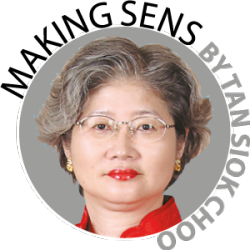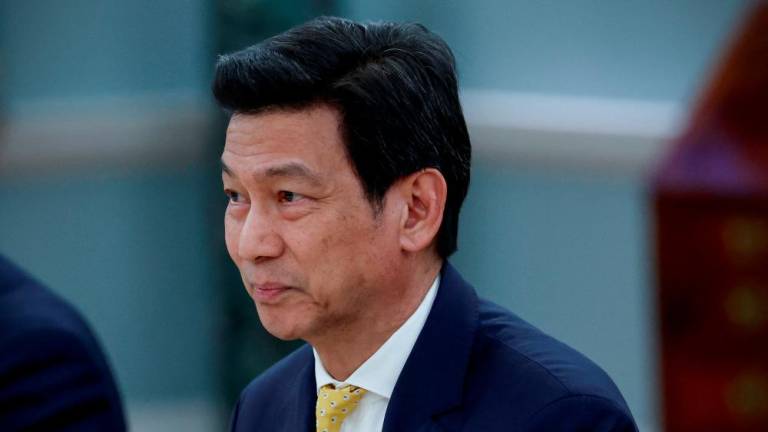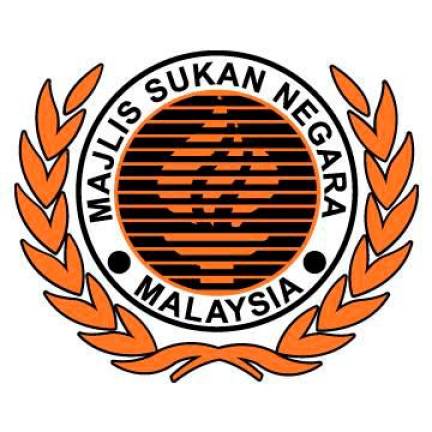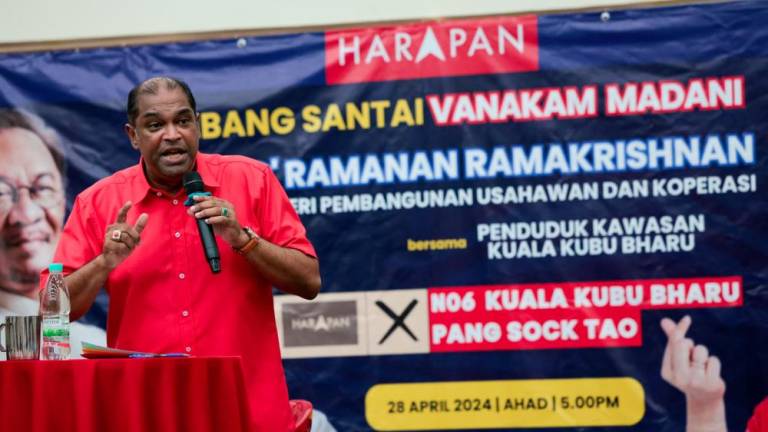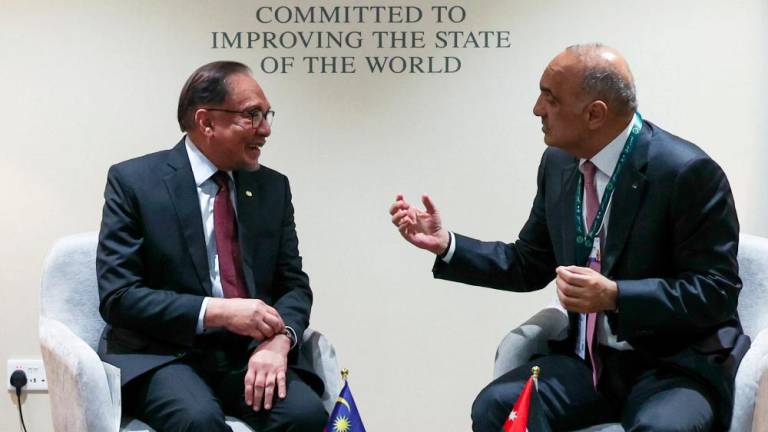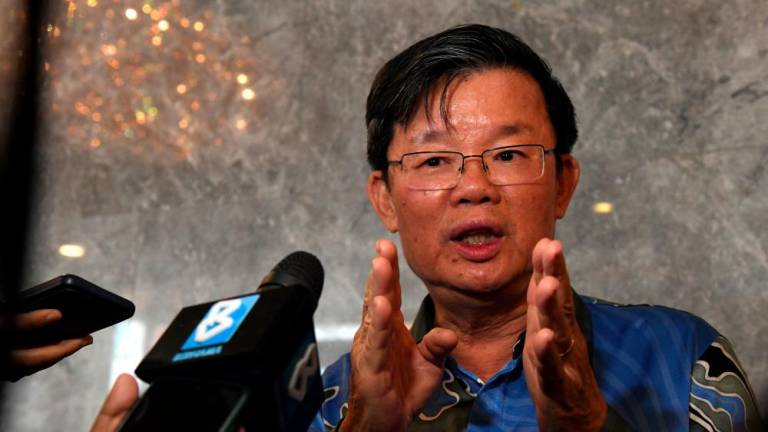TWO notable personality traits of the late US President George H. W. Bush (Bush Sr) was his proclivity for doing what was right rather than politically expedient, allied with a strong sense of bipartisanship.
One notable example of bipartisanship was his relationship with Bill Clinton – a Democrat, who defeated Bush, thus denying the Republican 41st president a second term.
Despite years of verbal barbs – Clinton described Bush Sr as a “moron” while the latter called his rival a “bozo” and said his dog knew more about foreign policy than the Democrat – an extraordinary bromance developed from December 2004 between Bush father-and-son and Clinton.
So close was the relationship that Bush Jr, the 43rd president, described Clinton as his “brother with a different mother” while matriarch Barbara Bush called the 42nd president her son’s “fourth brother”.
There were past instances of bipartisanship in this country. In February 1974, one day before the then MCA president and finance minister Tun Tan Siew Sin flew to London for a seven-hour operation to remove his calcified lung, opposition leader Tan Sri Dr Tan Chee Khoon visited the former in his house to convey his wishes for a successful outcome.
Notwithstanding years of heated exchanges in Parliament, Siew Sin cherished this one-hour visit by a political opponent whom he respected. After Siew Sin passed away on March 17, 1988, Chee Khoon penned a heart-warming obituary.
The current imbroglio in this country began when Finance Minister Lim Guan Eng drastically cut the allocation for Tunku Abdul Rahman University College (TAR-UC) from RM30 million last year to RM5.5 million this year, prompting furious protests from Datuk Seri Dr Wee Ka Siong, president of the Malaysian Chinese Association (MCA).
In the 14th general election held on May 9, the MCA was almost decimated – winning one parliamentary constituency and two state seats.
Although the DAP secured 42 parliamentary and 101 state seats, its resounding triumph has heightened the temperature between the two political parties.
Weeks later, DAP secretary-general Lim said he would consider increasing the allocation the next year if TAR-UC severed its ties with MCA, a decision prompted by his belief there should be a clear separation between education and politics.
Lim’s statement prompts several questions.
First, does Lim’s announcement mean TAR-UC’s significantly reduced allocation wasn’t motivated by financial constraints?
Second, since TAR-UC was set up by Siew Sin in 1969, has Lim voiced his belief that education and politics should be disconnected?
Third, why is TAR-UC being singled out? What about Gerakan’s Wawasan Open University and MIC-linked educational institutions?
Fourth, since TAR-UC’s establishment nearly 50 years ago, has any individual, including Lim, criticised the educational institution for impropriety?
Fifth, assuming MCA is willing to de-link itself from TAR-UC, how can the nexus be severed without any hiccup in its operations?
Legally, TAR-UC is owned by TARC Education Foundation (TEF), a company limited by guarantee. Because TEF has no share capital, shares cannot be sold to a new owner.
Should MCA dissolve TEF and invite interested parties to set up another foundation to take over TAR-UC?
This would create a legal limbo. Between the dissolution of TEF and the establishment of a new foundation, there could be a time lag.
In the interim, what will happen to TAR-UC employees, students and its educational services?
Even if the resignation of trustees and governors is staggered, another problem arises – who will appoint the new trustees and governors?
TAR-UC is overseen by a seven-member board of trustees, all MCA party leaders, and a board of 15 governors.
TAR-UC governors include five individuals appointed by the education minister, one nominated by the finance minister, seven selected by TEF, one dean or faculty head elected by rotation and the TAR-UC president.
Governors nominated by TEF include Datuk Ir Dr Gue See Sew, CEO of G&P Professionals who obtained a doctorate in Geotechnical Engineering from Oxford University; Datuk Yap Kuak Fong, president of Ebara Pumps Malaysia and an MBA from Reading University; and Adrian Yeo Eng Hui, a chartered accountant.
This means MCA party leaders constitute only four out of 15 governors.
Sixth, will Malaysian students benefit if TAR-UC is forced to close down due to the lack of funds? Lim says TAR-UC has RM2 billion in funds that it can use to keep tuition fees low.
Thanks to low fees, almost 200,000 have graduated from TAR-UC and University Tunku Abdul Rahman while 40% of accountants in this country are alumni of both institutions.
A 2016 study showed 53% of private higher education institutions (PHEI) are making losses before tax while 42% of PHEIs had debts exceeding their assets, Geoffrey Williams wrote. This suggests education is a sector requiring strong financial management and healthy cash reserves.
Badly needed today is the bipartisanship exemplified by Bush Sr and Chee Khoon – and not partisan politics.
Opinions expressed in this article are the personal views of the writer and should not be attributed to any organisation she is connected with. She can be contacted at siokchoo@thesundaily.com



